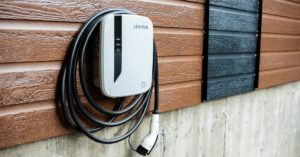How Many Amps Does An Ev Charger Actually Need
EV charging stations are becoming increasingly common worldwide, allowing electric car owners to top up their batteries at home or work. But not everyone knows precisely how many amps does an Ev charger actually need.
That’s because each charger has unique electrical specifications that must be adhered to if the battery is to achieve a full charge.
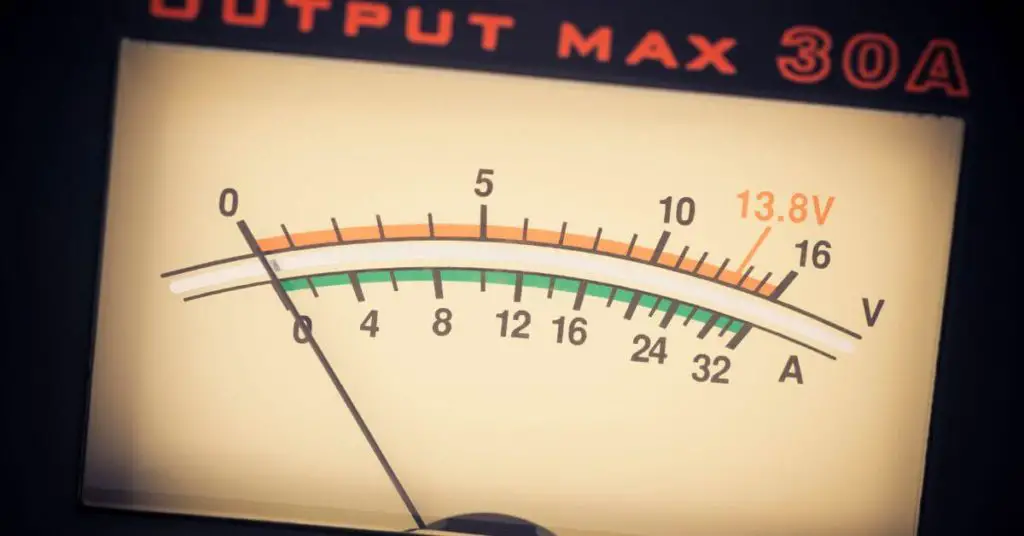
You must know what your charging station can offer to avoid damaging your car battery or running up expensive electricity bills. How many amps does an EV charger need? Let’s take a look…
Table of Contents
Power requirements for electric car charger
This is the first thing people often wonder when they hear they’ll need a certain amount of current to power their electric vehicle.
Fortunately, the answer is pretty simple: the more amps your charging station has, the faster your car will charge.
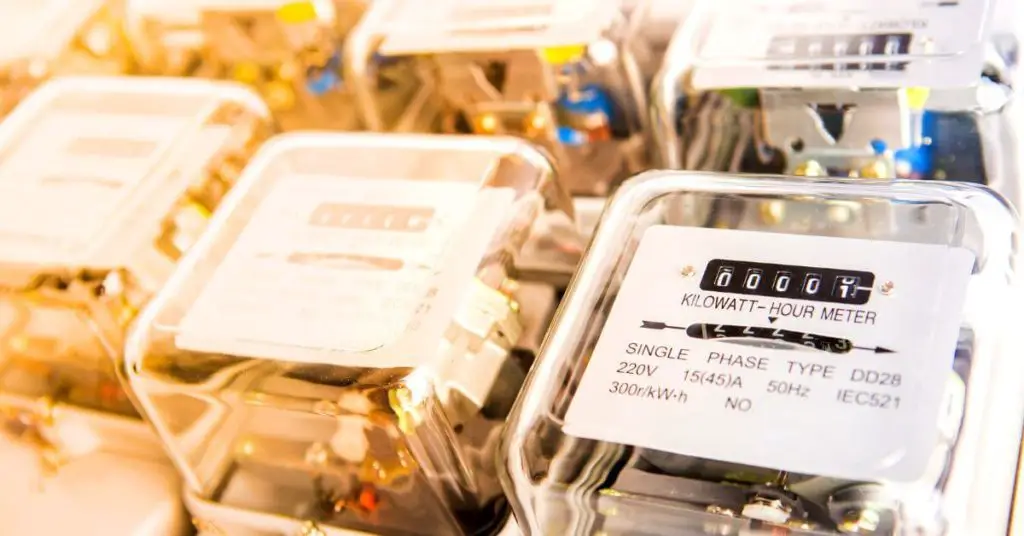
Generally, it’s recommended that you use a charger rated with at least as much power as your car requires to avoid damaging the battery.
So, for example, if your vehicle takes six amps to replenish fully, you’ll want to make sure you use a charging station rated at least six amps.
The required current will be higher if you charge a larger, more powerful car. Just how much higher depends on several factors, including the battery size.
However, according to data from the US Department of Energy, in most cases, you can expect a 10 percent improvement in charging capacity if you use a charger rated at 16 amps instead of 12 amps.
Your charger should be able to handle eight amps or 12 amps, depending on the type of electric car you’re driving. Although this sounds like a lot of power, it’s not the max for your battery, so you’re good!
An EVSE draws up to 12 amps of power with a dedicated circuit and separate circuit breaker. It’s worth checking the wiring in your home and the circuit breaker before choosing one that can draw more amps.
A Level 2 charger uses about 13 kWh of electricity daily. In one week, a Level 2 charger can average 38.4 miles of driving, equating to 93.8 kWh required for an electric car to charge at 40A.
How many amps does a car charger draw?
To understand how many amps does an ev charger actually need draws, you must know how your vehicle’s battery system uses electricity.
Electrical systems usually use voltage levels between 200 and 800 volts.
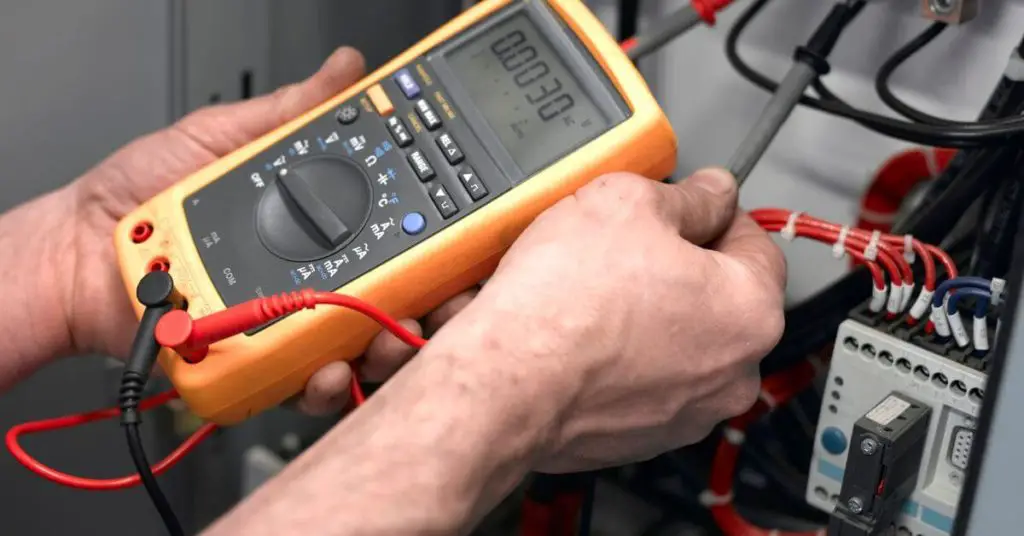
The charger you choose should be able to deliver enough power to recharge your vehicle’s battery. If you don’t have enough energy to charge your car, you can use a nomogram to estimate the power needed.
You might also like, What is the best EV home charging station?
The recommended charging rate for an electric car is between 16 and 32 amps. A 32-amp charger will add around 25 miles of range per hour.
However, the more powerful chargers may not be compatible with every charging station.
You should always check the EVSE spec sheet before purchasing a new one.
Level 1 chargers are the most common. These charges are the most uncomplicated and slowest to use. These chargers use 120V power and typically draw 12 amps. A 30 kWh battery pack charge will take over 24 hours.
Some level 2 chargers are compatible with multiple vehicles. The charging speed depends on the electric car model and the charger. A charging time of 12 hours is generally sufficient for a typical electric car.
How many amps does a car charger pull?
An EV charger uses electricity, but the number of amps it pulls depends on the car model. Most EV chargers draw 30-50 amps.
Wattage, by contrast, is the overall flow rate of water through a pipe. The following information will help you determine how many amps does an ev charger actually need.
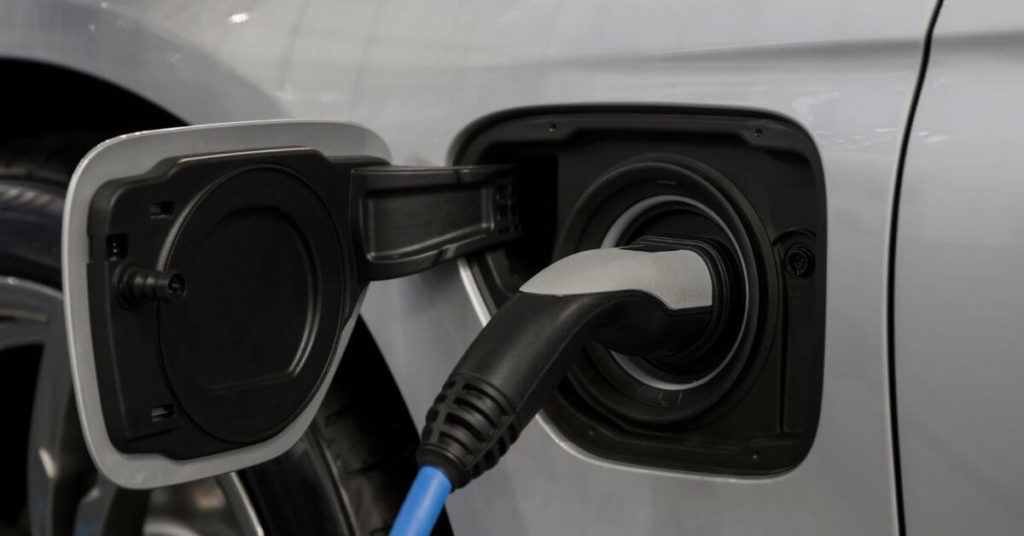
As of October 2021, the US Energy Information Administration (EIA) reported that average electricity costs will rise by 6.9 percent.
The most common type of EV charger is Level 2. Level 1 charging occurs on a standard 110-volt wall outlet, while Level 2 chargers function on 240-volt outlets.
Some Level 2 chargers offer 40 or 48-amp output.
Most Level 2 chargers are compatible with dryer outlets. Many EV automakers recommend Level 2 chargers. If you want to charge your car overnight, level 2 charging is the way to go.
There are three types of EV chargers. There are DC fast charging, Level 2 charging, and Level 1. Each Level has its advantages and disadvantages.
Level 1 charging, which uses a 110-V outlet, takes the longest time to charge a car and is recommended for emergencies.
DC fast charging, on the other hand, requires a 40-amp circuit.
For most drivers, choosing a charger that matches your vehicle’s specifications is the best way to determine the charging you need.
How fast will you charge?
All Level 2 chargers use a 240V outlet, so the charging time varies depending on the charger’s amperage.
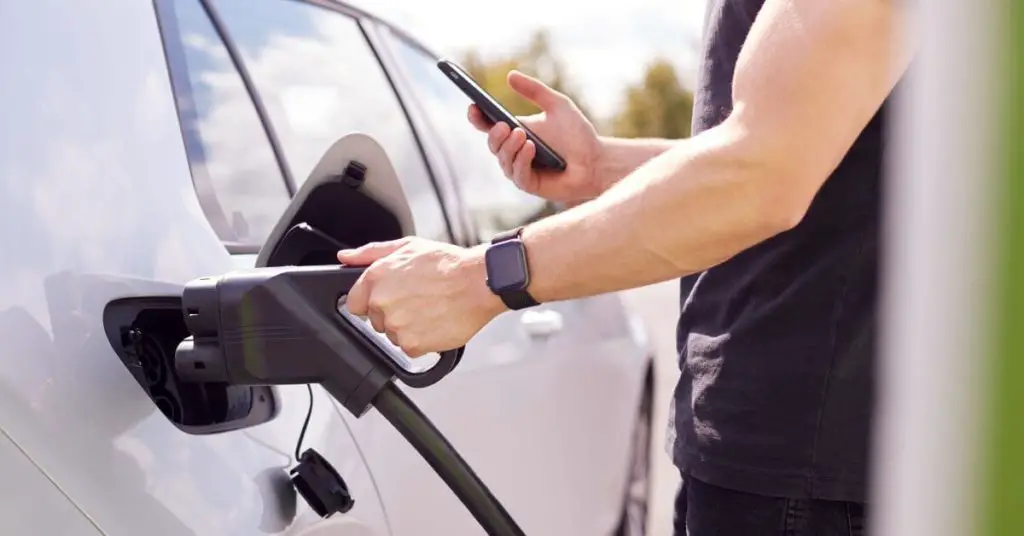
Make sure you know what type of charger your vehicle can handle so that your car stays charged steadily.
To do this, take the number of kilowatts your onboard charger can receive and divide it by 240 to get the amperage you need for a Level 2 charger:
I(A) = (P(kW) * 1000) / V(V)
For example, for a Ford Mach-e, the max AC rate is 11.5kW.
I(A) = (11.5kW * 1000) / 240V = 48 amps
Plug-in Hybrid Electric Vehicles (PHEVs) can accept 16-32 amps, while most electric vehicles can accept 32 – 48+ amps. All else equal, the more amperage flows into the car, the faster the charge time.
What size breaker do I need for a Level 2 EV charger?
If you’re installing a Level 2 EV charger, the breaker size you install is crucial.
The National Electrical Code requires that the circuit have at least 25 percent more amps than the maximum capacity of the charger.
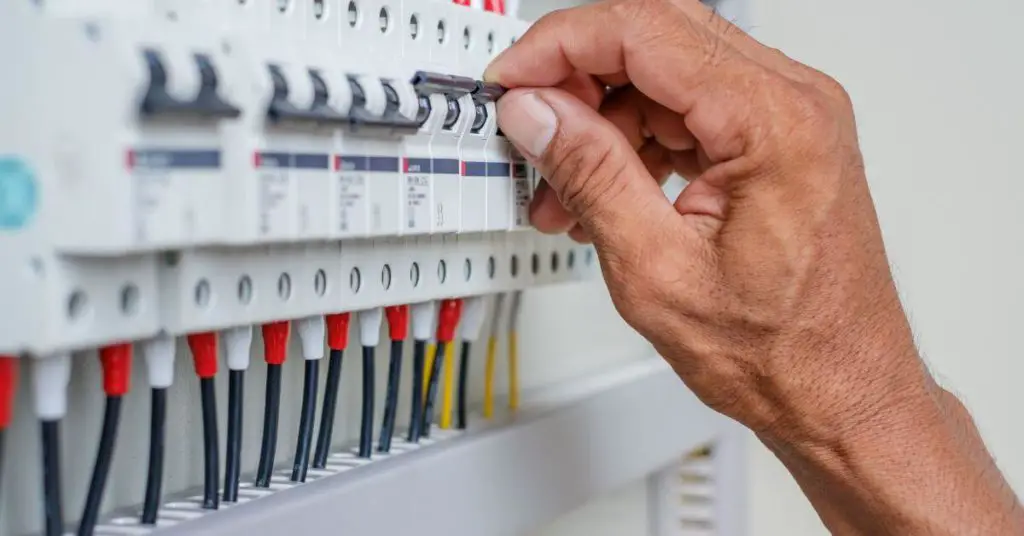
Fortunately, most breaker panels can accommodate a Level 2 charger. Nonetheless, you should consult a licensed electrician to determine what size breaker you need.
The electrical requirements for a Level 2 EV charger are quite different from the power needs of a regular wall outlet. Level 2 chargers use 240V to charge EVs.
The charging speed depends on the amount of amperage, and your EV A 32-amp charging station will add approximately 25 miles of range per hour to your EV.
A 50-amp charging station adds around 37 miles of range per hour.
Typically, a Level 2 charger requires a dedicated 40 amp 240V circuit. However, this is expensive and requires a breaker with a higher capacity.
Alternatively, you can plug in a Level 2 charger and use a 240V outlet for a 240V wall outlet.
Regardless of your charging method, ensure your electricity supply is sufficient.
Does the EV charger need a dedicated circuit?
Consider the distance between the electrical panel and the charging location when installing a car charger.
You also need to consider the current electrical breaker in your home and whether or not it has sufficient amperage.
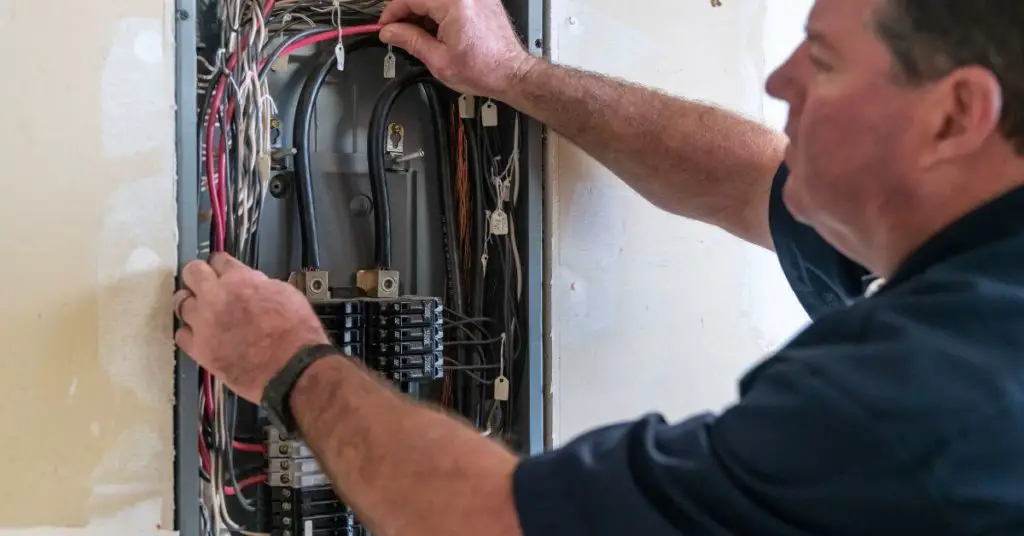
You might also like, What is the best EV home charging station?
A dedicated circuit must handle a continuous load of up to 40 amps. You may need a dedicated circuit for a dedicated EV charging outlet.
If you’re not an electrician, you should consult one to ensure the installation goes smoothly.
The electrician will also be able to assess the current wiring and determine whether the installation will be feasible.
Cost is dependent on the length of the wiring and whether or not it’s convenient to plug the charger into another circuit.
Never Lose Power! Enjoy $50 OFF On Your First Order & Free Shipping!If your home has a 110-volt outlet, you can connect the electric car charging outlet. A 120-volt outlet is ideal for a Level I charger. This circuit will allow the car to charge three to five miles per hour.
However, charging an electric vehicle fully will take a long time.
A level-I charger uses a full load to recharge the car fully, so it’s best to install a dedicated circuit with the correct voltage.
Can I use my dryer outlet to charge my EV?
If you have a dedicated dryer outlet in your home, you can use it to charge your electric vehicle. However, this requires a bit of work, and you’ll need the help of an electrician to install the charging port for your electric car.
What Size Breaker Do I Need For a Tesla Charger?
The first question you should ask yourself before buying a Tesla charger is what size breaker is needed.
This depends on how much power the charger is generating. Generally, you don’t want to go below 50 amps.
Most Tesla drivers stay between fifty and sixty amps.
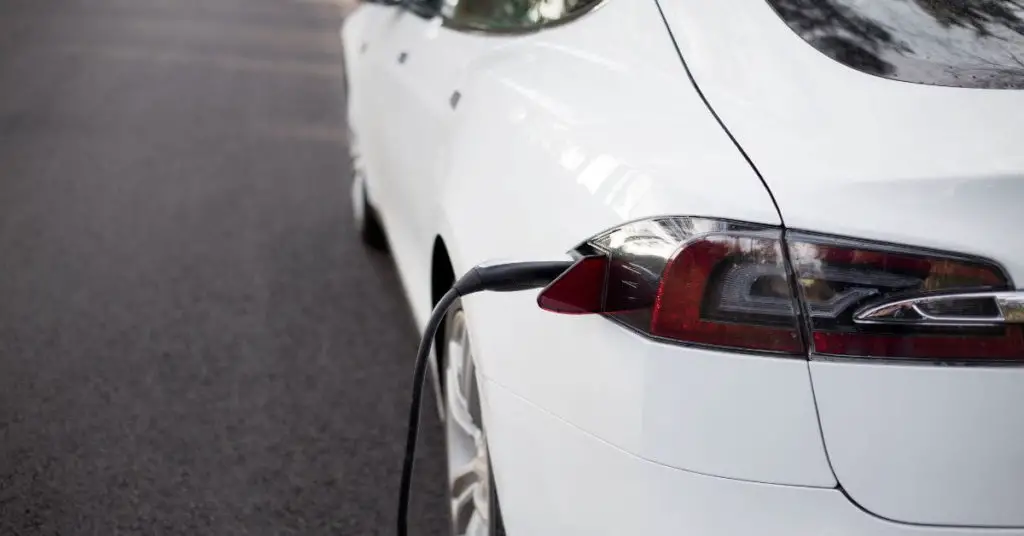
The Tesla charger uses an AC outlet. It connects to a building’s wall outlet. This device contains a built-in circuit breaker to prevent an electrical shock.
You can find out which size breaker you need by consulting the company’s online guide.
The breaker size you need is determined by the number of amps and voltage your Tesla charger will draw. You should also consider how much electricity the charger draws during charging to know how much to order.
If you’re installing a Tesla charger at home, the breaker must be at least 50 amps. The charger requires a 240-volt NEMA 14-50 outlet and a 50-amp breaker.
Ultimately, the size of the breaker will depend on how much power the Tesla charger draws.
Hence, you need to get a breaker that meets those specifications. Also, make sure to wear protective gear and take the time to read the manufacturer’s instructions.
How Many Amps Does a Tesla Charger Use?
Several factors determine how much power a Tesla charger uses. The standard voltage of a Model 3 battery pack is 355 volts, which tapers out to approximately 300 volts when depleted and 410 volts when fully charged.
Because of these factors, charging a Tesla battery requires a charger that can deliver up to 800 amps. The higher the voltage, the higher the amps, and vice versa.
The Tesla charger uses 6.6 to 10 kW of power. In the United States, drivers typically cover 37 miles daily, so a 20-30 mile per hour charger is the ideal charging speed.
Also, a 20-30 mile per hour charger is perfect for charging a 100 kWh battery overnight, avoiding electrical upgrading.
To fully charge a Tesla, you can install a mobile charger or a wall connector charger in your car.
The Wall Connector is the fastest option, but you need a professional to install it properly.
The Wall Connector is a compact unit that installs on your wall. You can plug it into home power and enjoy the speed and convenience. In addition, the thick cable is designed for continuous use.
A Level 2 charger uses 240 volts and uses a 60-amp circuit. Using this circuit, a Tesla charger can charge your vehicle in as little as five to 11 miles per hour.
To avoid range anxiety, you can also use a Tesla Wall Connector, which is compatible with all model S models.
Several Tesla accessories are available, including a NEMA-14-50 outlet splitter.

6 Important Features to Look for in an EV Charger
- Power Capacity – The first thing you’ll want to look for in an EV charger is the capacity – how much power it can handle. This will determine how many cars you can charge simultaneously, and it’s important to know that not all chargers are created equal!
- For example, a 10-kilowatt charger can charge two cars simultaneously or one car twice as fast as a 5-kilowatt charger. If you want to charge two vehicles simultaneously, you’ll need a 10-kilowatt charger. For example, the standard “32 amp” charger with your vehicle is a 5-kilowatt charger.
- Voltage – The next thing you want to look for is the voltage. This is the amount of voltage the charger uses to charge your car. A standard level 2 charger is 240 volts, but you can also find 208, 480, or 800 volts – depending on how much power you need.
- Wattage – This is the power the charger uses to charge your car. A standard level 2 charger uses 10 kilowatts to charge your vehicle. Still, you can also find 11, 22, or 33 kilowatts chargers depending on how fast you want your car to charge.
- Cord Length – The length of the cord coming out of the charger will determine how far away you can park from the charging station. The maximum length of an extension cord is 100 feet. This means you’ll only be able to park about 30 feet away from the charging station if you have a standard extension cord.
- Temperature Rating – The temperature rating of the charger will tell you how warm the charger gets when it’s plugged in. This is important because you don’t want your charger to catch on fire! Most chargers have a temperature rating of 90 to 110 degrees Fahrenheit.
- Input Voltage – The voltage the charger plugs into is crucial if you want to charge your car at home and on the road. If you have a standard 110-volt wall outlet, you’ll need a Level 1 charger. A 220-volt wall outlet is typically used for commercial/public charging stations.
You might also like, What is the best EV home charging station?
Bottom line
Electric vehicle (EV) charging can seem like one of the most complex aspects of owning an electric car.
With so many different brands, models, and charging stations, it’s not always clear how to get the most out of your EV and how many amps does an ev charger actually need.
Unfortunately, this has led to much misinformation and confusion around the topic of how many amps does an ev charger actually need.
But once you understand the basics, it’s pretty simple. An electric car is a hybrid vehicle that uses electricity instead of gasoline as its primary power source.
To charge your vehicle, you need a place to park and an electrical outlet – that’s it!
Any new technology comes with new acronyms and weird phrases that can be hard to understand initially (like “How many amps does an ev charger actually need”).
But don’t let that scare you off; once you know the basics, owning an EV isn’t much different than owning a non-electric car!
If you want to learn more about the pros and cons of electric cars, check my article here.


